Header – 1970 BOSS 302, All Numbers Matching, 57K Original Miles, Rare Combo!
- Condition: Used
- Make: Ford
- Model: Mustang
- Doors: 5
- Year: 1970
- Mileage: 57453
- VIN: 0F02G170318
- Engine size: 302 V8
- Transmission: Manual
- Vehicle Title: Clear
- Location: Local pick-up only
Description
Fusion Luxury Motors | eBay Template- Year: 1970
- Mileage: 57453
- Primary color:
- Transmission type: Manual
- Engine: 302 V8
The Camaro/Mustang rivalry had begun in 1967 with the introduction of the Chevrolet Camaro by General Motors. The Camaro was the largest threat to the lead Ford had in the "pony car" field, a market segment largely created by Ford with the introduction of the Mustang in mid-year 1964. The performance of the Mustang with 289 and 390 engines was not up to the Camaro, with its small block and big block V8. In an effort to improve the Mustang's image Ford made a 428 Cobra Jet V8 and a Ford Boss 302 engine optional for the 1968 mid-year and 1969 models, respectively.
The 196970 Boss 302 (Hi-Po) engine was created in 1968 for the SCCA's 1969 Trans-Am road racing series. Available in the Boss 302 Mustangs of 196970, it's a unique Ford small-block engine featuring a thin-wall, high nickel content block casting. It differed substantially from regular 302s, with 4-bolt mains, screw in freeze plugs, and heads using a canted valve design being developed for the planned 351 Cleveland (which debuted the following year). The construction was aided by the two engines sharing a cylinder head bolt pattern, though the Boss 302 heads had to have their coolant passages slightly modified.
This optional engine, and indeed the entire vehicle package, including handling and aerodynamic aids, was made available for the express purpose of meeting the homologation guidelines to compete in the SCCA Trans-Am series, which limited engine displacement to 305 C.I.D. (5.0L) in order to compete.
The Boss 302 Mustang was designed by Larry Shinoda, a former GM employee. The car featured a reflective "c-stripe". The fake air scoops in the rear quarter panel fenders of the regular production 1969 Mustangs were eliminated on the Boss 302 models. A black horizontal rear window shade and a blackout hood were both options. It was one of the first production models with a front spoiler and rear deck wing. The name "Boss" came about when Shinoda was asked what project he was working on, he answered "the boss's car" because the project was a secret. Also Shinoda had called it the "Boss" as an homage to the new President of Ford Semon "Bunkie" Knudson who had brought Shinoda over from GM's Chevrolet Division after Knudson had left.
Changes for the 1970 model year included side "hockey stick" stripes which started along the top of the hood, along with the 1970 grille which replaced the four headlights with two vents in the outside position while retaining dual headlights within the grille opening. The dual exhaust system was redesigned, along with the competition suspension and a standard Hurst shifter. The intake valves were slightly smaller, and cast aluminum valve covers replaced the chrome.4 With a suggested price of $3,720, a total of 7,013 were sold.
In addition to a lower ride height, standard equipment included front disc brakes, larger sway bars, heavier duty spindles, reinforced shock towers, a four speed manual transmission, and the solid-lifter Boss 302 V8 engine, with its free-breathing Cleveland style heads, which had valves larger than most engines more than a third larger in displacement. This "G Code" engine was rated at 290 HP.
The 1970 model could accelerate from 0 to 60 MPH in 6.9 seconds, and the quarter mile took 14.6 seconds, reaching a speed of 98 MPH.
This amazing example is ALL NUMBERS MATCHING and finished in Correct and Rare Medium Blue Metallic with Black Vinyl Bucket Seats. As per the included Marti Report, only 478 out of the 7,013 produced had this Interior and Exterior combination. Even rarer, is the nearly complete and very legible original build sheet that is included with this BOSS 302. This Mustang has 57,453 original miles, runs incredibly strong and is ready to show the streets who's BOSS.
Great lease rates and Financing also available on any of our inventory!
Buy Sell Trade Consignments Welcome!
Please email concierge@fusionluxurymotors.com or call 1-818-773-8181
- 20837 Nordhoff St,
Chatsworth, CA, 91311, US - (818) 773-8181
- concierge@fusionluxurymotors.com
- www.fusionluxurymotors.com
- View our other auctions
- Email to friend
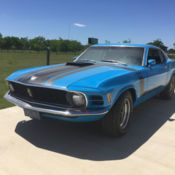 Numbers matching all original 1970 Boss 302
Numbers matching all original 1970 Boss 302
Mileage: N/A
 1970 BOSS 302 - ORIGINAL ENGINE - ALL MATCHING NUMBERS - CALYPSO CORAL - FLORIDA
1970 BOSS 302 - ORIGINAL ENGINE - ALL MATCHING NUMBERS - CALYPSO CORAL - FLORIDA
Mileage: 33,911
 1970 BOSS 302 MUSTANG, ROTISSERIE RESTORED, MATCHING NUMBERS.
1970 BOSS 302 MUSTANG, ROTISSERIE RESTORED, MATCHING NUMBERS.
Mileage: 78500
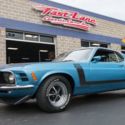 1970 Ford Mustang Boss 302 Numbers Matching 302 V8 Correct Colors
1970 Ford Mustang Boss 302 Numbers Matching 302 V8 Correct Colors
Mileage: 57,414
 1970 Ford Mustang BOSS 302 Fastback Numbers Matching Engine
1970 Ford Mustang BOSS 302 Fastback Numbers Matching Engine
Mileage: 90000
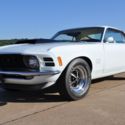 1970 Ford Mustang Boss 429 Numbers Matching! Certified Gold Car!! 1of 2
1970 Ford Mustang Boss 429 Numbers Matching! Certified Gold Car!! 1of 2
Mileage: 47307
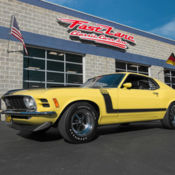 1970 Ford Mustang BOSS 302 Numbers Matching Correct Colors
1970 Ford Mustang BOSS 302 Numbers Matching Correct Colors
Mileage: 49,908
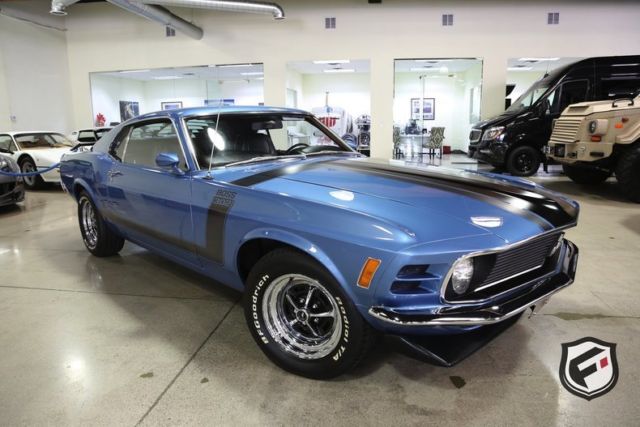
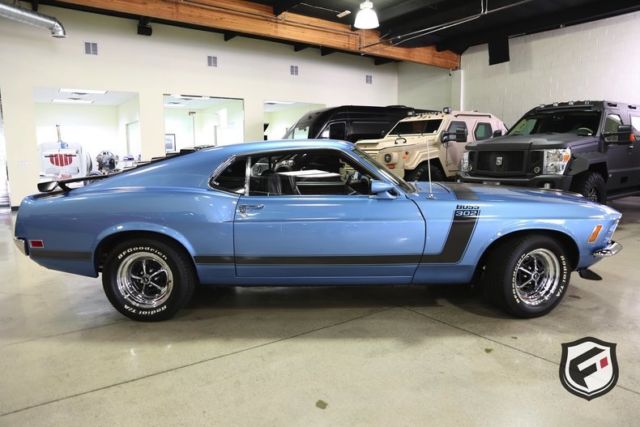
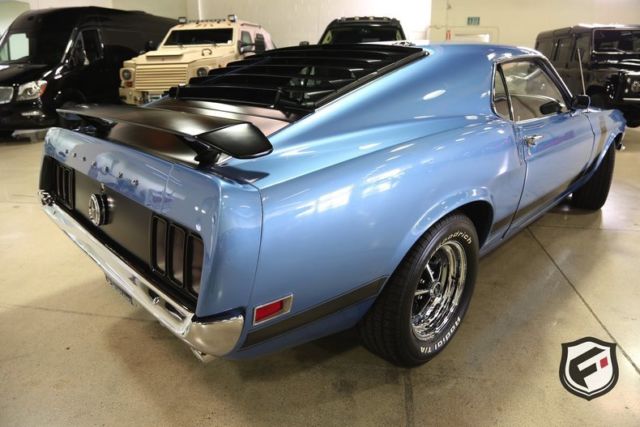
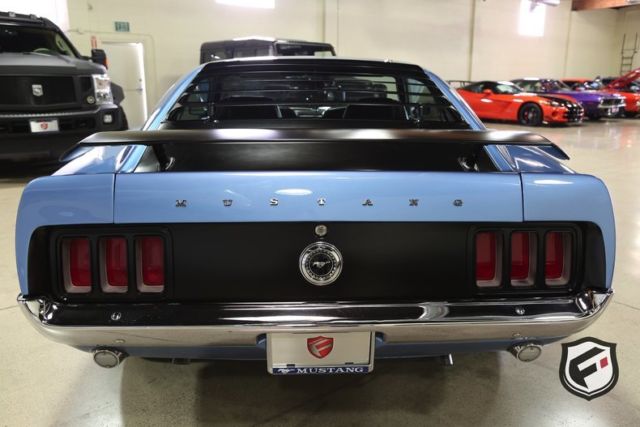


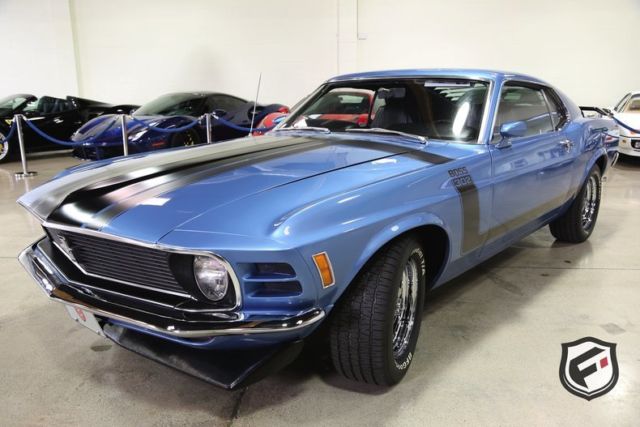
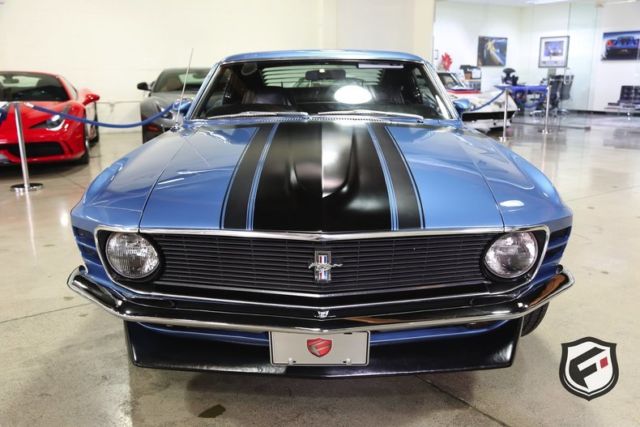
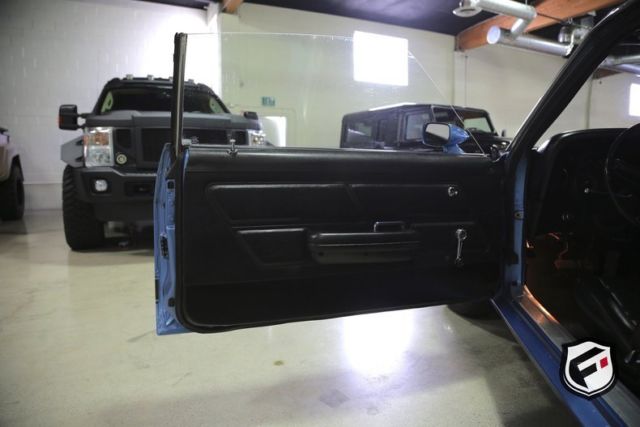
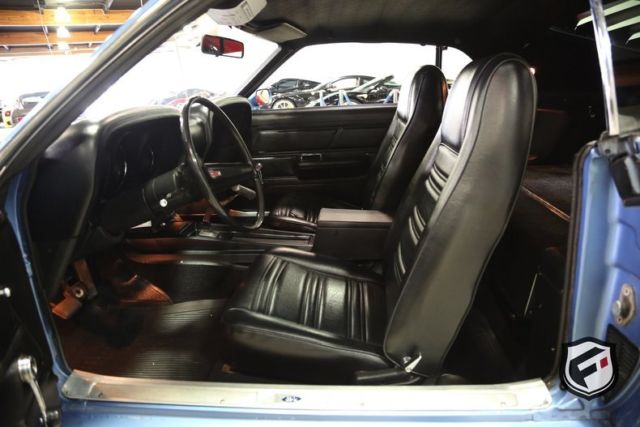
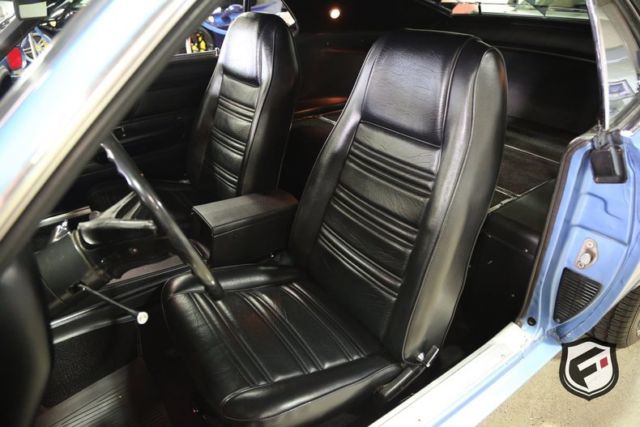
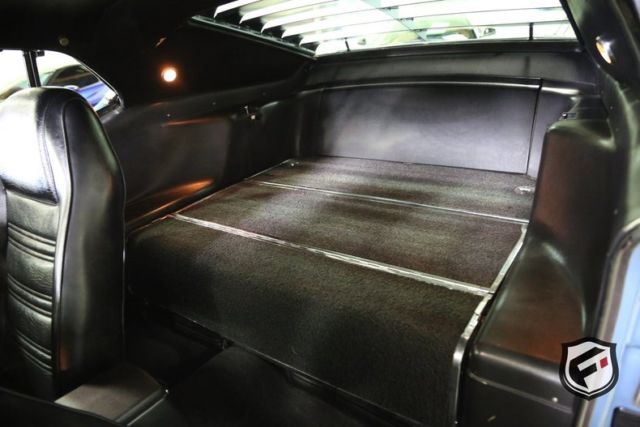
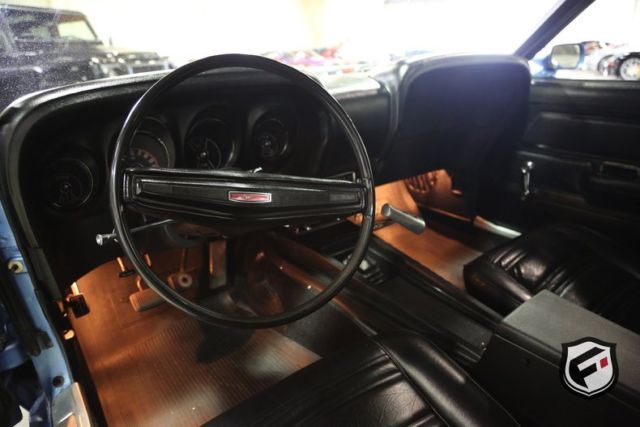
 1969 Ford Mustang BOSS 302 Original Numbers Matching LOW Miles 67 68 69 70
1969 Ford Mustang BOSS 302 Original Numbers Matching LOW Miles 67 68 69 70
 Original 1969 Ford Mustang BOSS 302 Numbers Matching LOW Miles 67 68 69 70
Original 1969 Ford Mustang BOSS 302 Numbers Matching LOW Miles 67 68 69 70
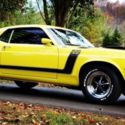 1970 Ford Mustang -BOSS 302-NUMBERS MATCHING-
1970 Ford Mustang -BOSS 302-NUMBERS MATCHING-